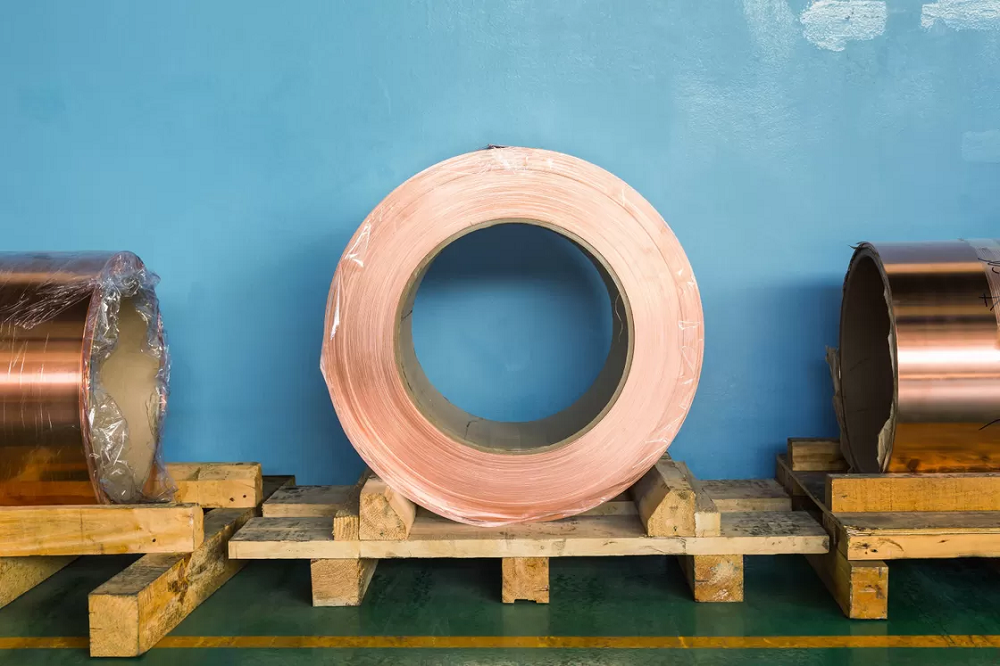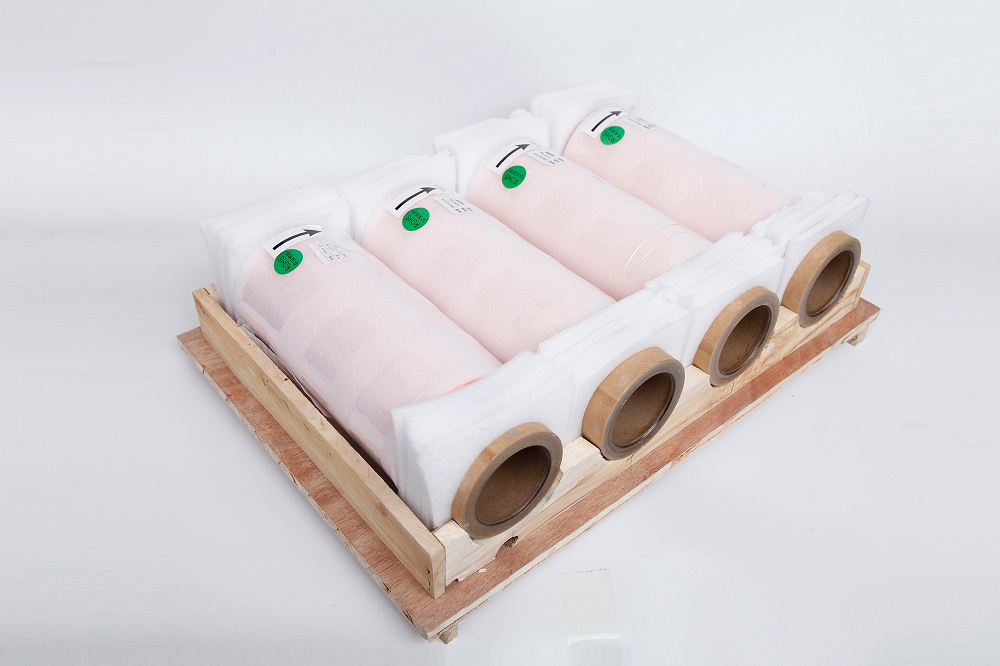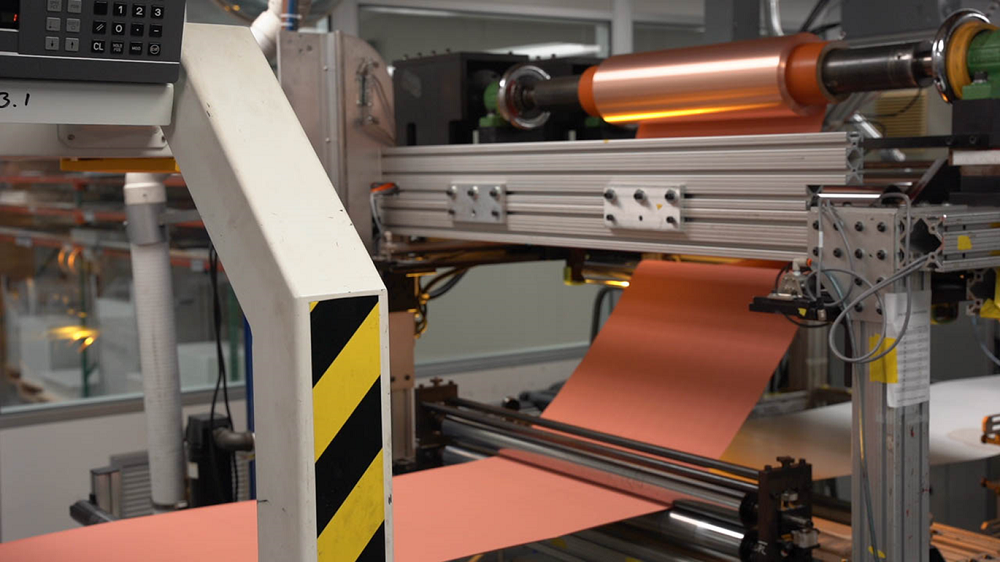Copper is one of the most versatile metals in the world. Its unique properties make it suitable for a wide range of applications, including electrical conductivity. Copper is used extensively in electrical and electronics industries, and copper foils are essential components for manufacturing printed circuit boards (PCBs). Among the different types of copper foils used in the production of PCBs, ED copper foil is the most widely used.
ED copper foil is produced by electro-deposition (ED), which is a process that involves the deposition of copper atoms onto a metallic surface by means of an electric current. The resulting copper foil is highly pure, uniform, and has excellent mechanical and electrical properties.
One of the main advantages of ED copper foil is its uniformity. The electro-deposition process ensures that the thickness of the copper foil is consistent throughout its entire surface, which is critical in PCB manufacturing. The thickness of the copper foil is typically specified in microns, and it can range from a few microns to several tens of microns, depending on the application. The thickness of the copper foil determines its electrical conductivity, and a thicker foil typically has higher conductivity.

In addition to its uniformity, ED copper foil has excellent mechanical properties. It is highly flexible and can be easily bent, shaped, and formed to fit the contours of the PCB. This flexibility makes it an ideal material for manufacturing PCBs with complex geometries and intricate designs. Moreover, the high ductility of copper foil allows it to withstand repeated bending and flexing without cracking or breaking.

Another important property of ED copper foil is its electrical conductivity. Copper is one of the most conductive metals, and ED copper foil has a conductivity of over 5×10^7 S/m. This high level of conductivity is essential in the production of PCBs, where it enables the transmission of electrical signals between components. Moreover, the low electrical resistance of copper foil reduces the loss of signal strength, which is critical in high-speed and high-frequency applications.
ED copper foil is also highly resistant to oxidation and corrosion. Copper reacts with oxygen in the air to form a thin layer of copper oxide on its surface, which can compromise its electrical conductivity. However, ED copper foil is typically coated with a layer of protective material, such as tin or nickel, to prevent oxidation and improve its solderability.

In conclusion, ED copper foil is a versatile and essential material in the production of PCBs. Its uniformity, flexibility, high electrical conductivity, and resistance to oxidation and corrosion make it an ideal material for manufacturing PCBs with complex geometries and high-performance requirements. With the growing demand for high-speed and high-frequency electronics, the importance of ED copper foil is only set to increase in the years to come.
Post time: Feb-17-2023
